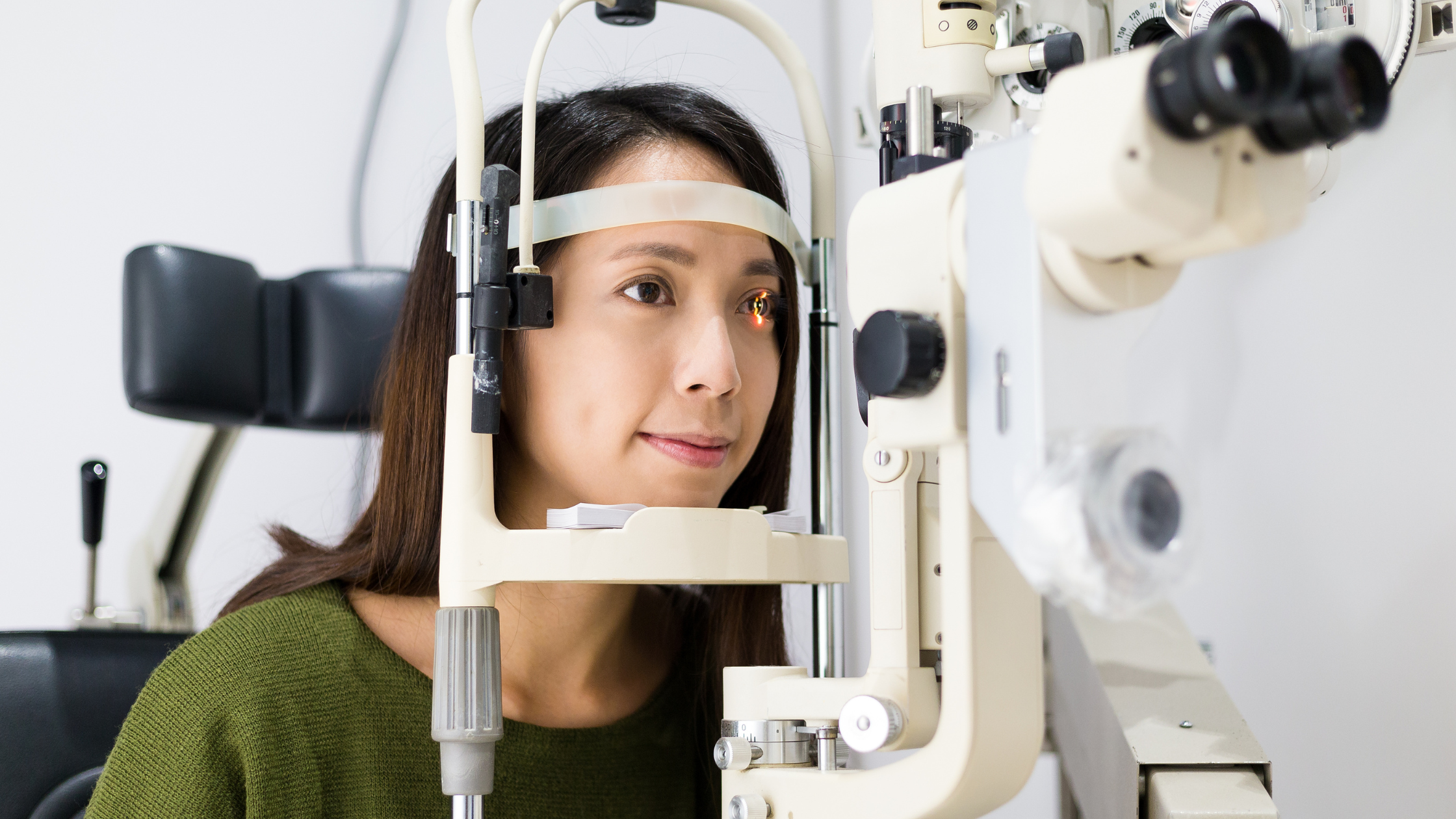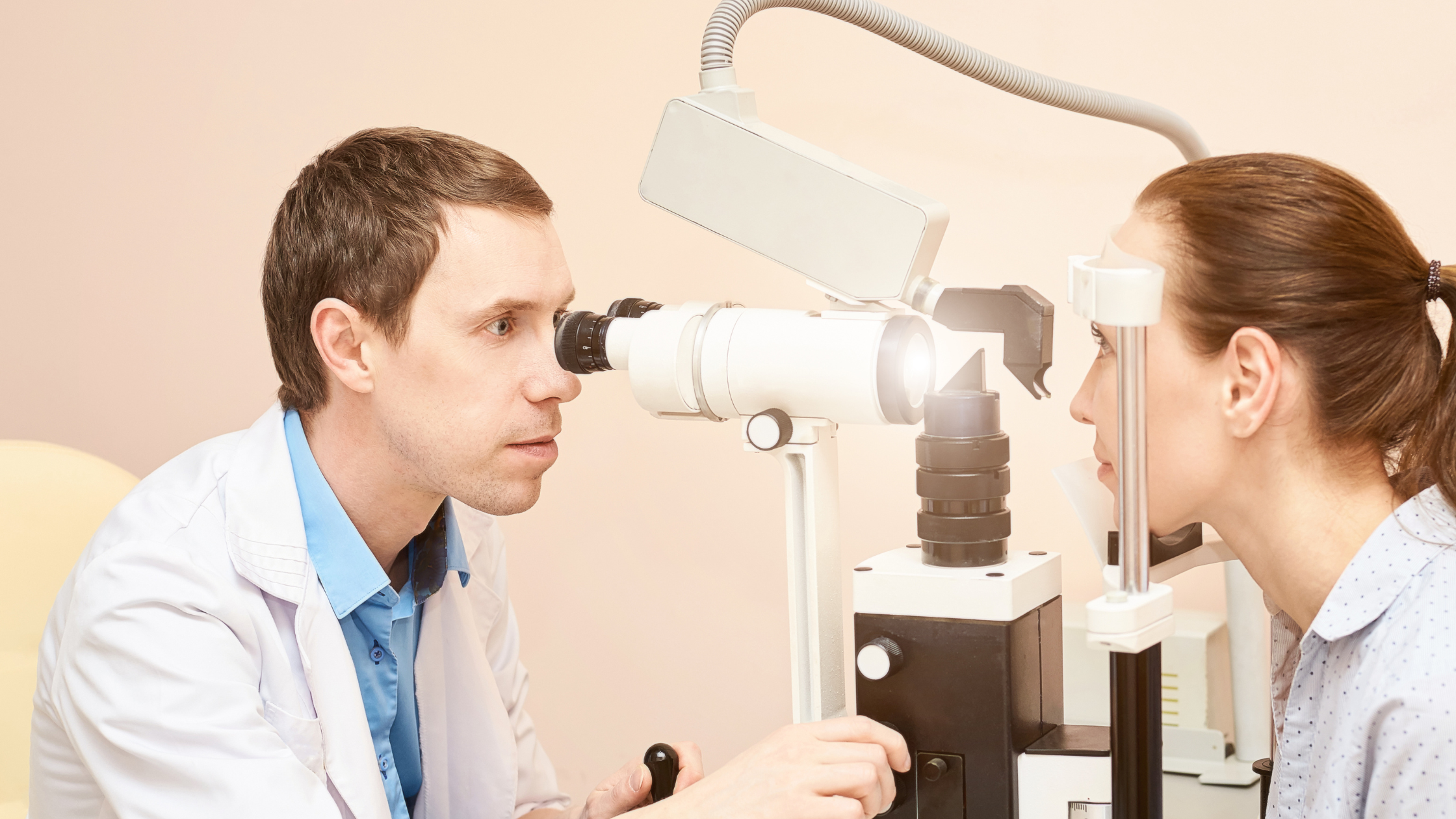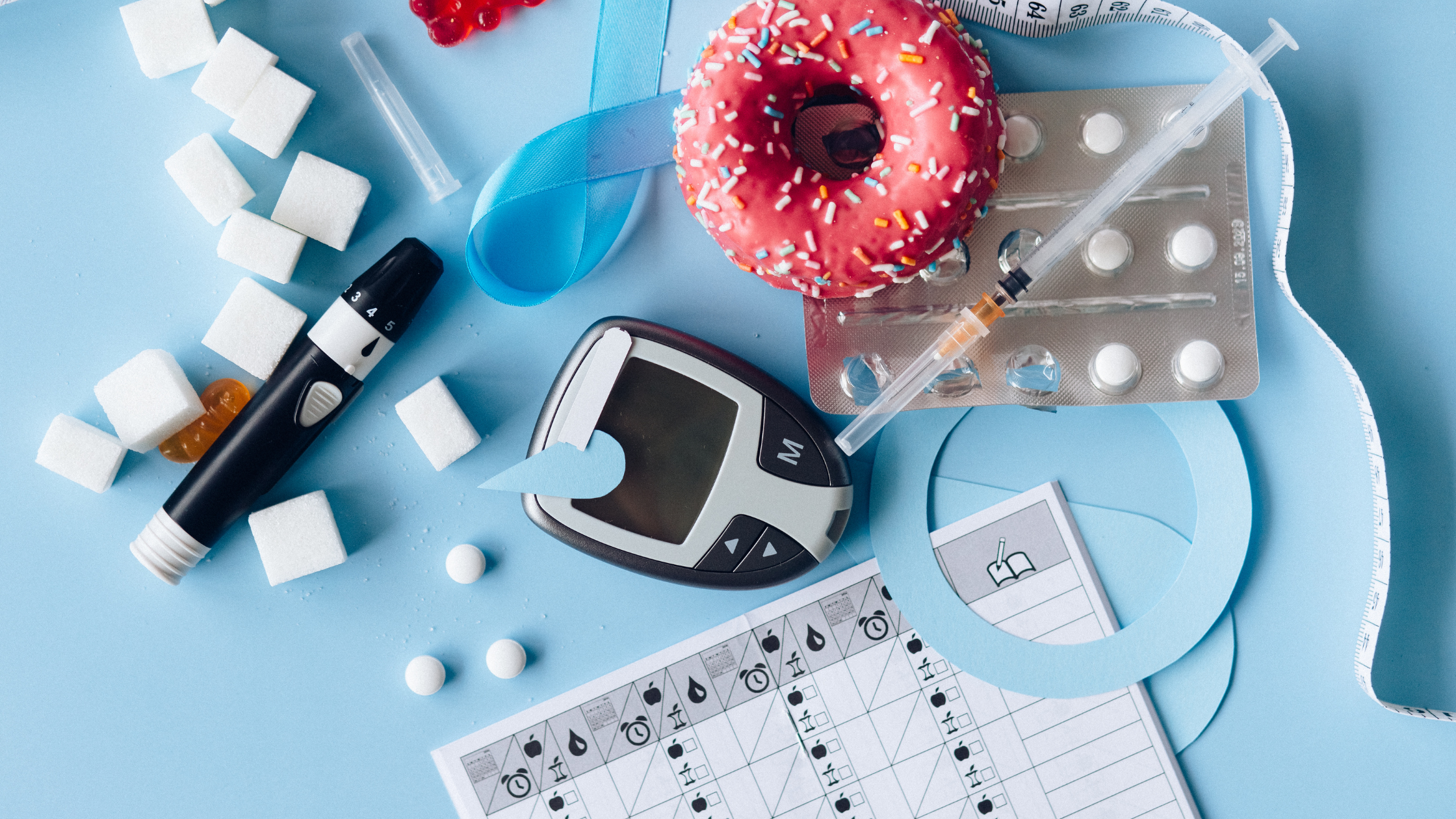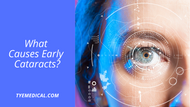What Causes Early Cataracts?
Written by TYE Medical on Apr 18th 2023
Cataracts most often occur in people over age 60 but it’s not uncommon to develop them early. This is known as “early” cataracts or early-onset cataracts. Age-related cataracts develop after a lifetime of exposure to incremental damage. Because of this slow and progressive damage, proteins collect on your eye lens, clouding it. The cloudiness prevents light from passing through the lens properly which distorts your vision.
This deterioration usually doesn’t even begin until age 40 and by age 80, over half of Americans either have cataracts or have had cataract surgery. But it is possible to experience the first symptoms of cataracts before you turn 60.
Let’s take a look at what causes early cataracts and what treatments are available.
What Are Early Cataracts and Symptoms to Watch For

This is the label given to cataracts that develop early before the expected age of 60 and above. The condition is usually brought on by injuries, medication, or even diabetes. We'll look more closely at the causes in another section.
The symptoms of early cataracts are basically the same as age-related cataracts. They include:
- Trouble driving at night (increased sensitivity to glare)
- Colors seem faded or yellowed
- Double vision in one eye
- Blurred vision in one eye
- Need for more light when reading or focusing
If you begin noticing two or three of these symptoms, it’s a good idea to discuss them with your eye doctor. This is especially true if one of the following causes could apply.
What Causes Early Cataracts?

In younger people, the most common cause of cataracts is a traumatic eye injury. This kind of trauma can include:
- Cut or poked by a sharp object
- Hit by a ball or other object
- High-level exposure to UV radiation without sunglasses (usually during sports or outdoor activities)
- Getting chemicals in your eye
- Having an electrical injury anywhere in your body
- Exposed to ionizing radiation to treat eye tumors
Other common reasons aside from traumatic eye injury could leave with early-onset cataracts.
Chronic Health Conditions
The longer some conditions go undetected or untreated, the more likely they are to cause early cataracts. Some of these conditions include:
- Diabetes
- Chronic endocrine conditions
- Congenital hypothyroidism
- Hypoparathyroidism
Nearsightedness (myopia) and glaucoma are two very common conditions that also increase your risk of early cataracts.
Medications
You can cause early cataracts to develop if you take medications to treat allergies or arthritis. Early cataract formation is a side effect for medications like:
Corticosteroids: The medications reduce inflammation and swelling and are used to treat asthma, hives, lupus, and other conditions. This class of medications include prednisone or cortisone.
Anticholinesterase drugs: These medications are less commonly prescribed and are used to treat specific illnesses such as Alzheimer’s disease, digestive tract obstructions, and myasthenia gravis.
Lifestyle Factors
You can develop early cataracts because of certain lifestyle habits or practices. These factors include:
- Smoking
- Substance abuse
- Sun exposure without eye protection
- Nutritional deficiencies
If these lifestyle factors are intense or substantial, they can trigger cataracts earlier than expected.
How Are Early-Onset Cataracts Diagnosed?

Technically, all cataracts are diagnosed the same way whether early cataracts or not. But an eye doctor (optometrist) will probably not have reason to suspect cataracts if you’re under 60. This means that sharing your symptoms with your doctor is very important in receiving the early diagnosis. During your eye exam, also be sure to mention it if you have a family history of cataracts or anything that puts you at higher risk.
Your routine eye doctor (optometrist) will refer you to an ophthalmologist if cataracts are suspected. During your exam, your doctor will ask detailed questions about your family medical history and general health. Then he’ll dilate your pupils to help him see the different parts of your eye more easily. Your doctor will also likely perform a full retinal exam using a special microscope. This will allow them to check for cataract development. It’s also routine for your doctor to check the clarity of your vision using a visual acuity test and a refraction test.
How Do You Treat Early Cataracts?

It’s common practice to only remove cataracts when the loss of vision reaches a certain point and is affecting your daily life more significantly. Meanwhile, here are some methods doctors often use to minimize your symptoms.
Lifestyle Adjustments
If your doctor diagnoses early cataracts but they’re not yet affecting your vision, he might suggest some adjustments to your lifestyle before discussing surgery. Some simple treatments include:
- Reading glasses
- Anti-glare sunglasses
- Brighter light bulbs at home
These approaches won’t clear your cataracts and heal your eye, but they can alleviate some of your symptoms in the early stages.
Change in Medication
If you have early cataracts, your doctor might pinpoint and deal with any untreated medical conditions to see how that could slow or stop cataract development. She might also consider changing some of your medications that could be contributing to cataract formation.
Surgery
Even if you’re able to manage early cataract symptoms with lifestyle adjustments, surgery remains inevitable. Cataracts inevitably grow worse over time but how quickly the condition progresses varies. And it’s impossible to predict.
Cataract surgery is an outpatient procedure that replaces the clouded lens of your eye with an artificial lens. Most often, this replacement lens lasts a lifetime and won't form cataracts. A vast majority of people who have cataract surgery report seeing better afterward. If you don’t have cataract surgery, the condition will eventually progress to blindness.
The FDA is currently reviewing an alternative treatment to surgery. The potential new treatment option comes in the form of eye drops that slowly dissolve the cataracts and slow its progression.
Risk Factors for Early-Onset Cataracts

What would make you more likely to develop cataracts early? Many of the risk factors are also causes.
- Diabetes
- Family history of cataracts
- Certain medical conditions
- Prolonged or frequent use of corticosteroid medication
- Lack of eye protecting during UV exposure
- Smoking
- Radiation treatment for cancer
- Substance abuse
Women are also more likely to develop cataracts than men.
Do You Have Glaucoma or Early Cataracts?

Both conditions can develop under the age of 60. Glaucoma can develop people in their 30s and 40s. So how do you know if you have early cataracts or glaucoma? Yes, a visit to the ophthalmologist would certainly clear up any confusion. But if you’d like an idea of what you’re facing before your visit, here is a quick look at glaucoma to help you understand the difference.
Both early cataracts and glaucoma affect your general eye health and vision, but their causes and treatments are different.
Glaucoma
This eye condition is caused when the fluid pressure in your eye is too high. Your body is equipped to drain and refill your eye fluid daily. If you have glaucoma, this ability to drain eye fluid is stopped due to a blockage. This causes pressure to build in your eye, usually slowly. Eventually, it untreated, the pressure can permanently damage your optic nerve and cause vision loss.
The most common and least invasive treatment are eye drops to relieve eye pressure. But if the drops aren’t sufficient to reduce pressure, your doctor may recommend laser surgery to help your eye fluid drain properly and relieve pressure.
The most common early symptom of glaucoma (the slow-onset kind) is loss of peripheral vision. If it’s a quicker and more severe type of glaucoma, you might experience sudden symptoms of eye pain, redness of the eye, and nausea. Sometimes, you might even have blurry vision. If you experience any combination of these symptoms, you should get medical help immediately.
Risk factors for glaucoma include:
- Family history of the condition
- Diabetes, high blood pressure, migraines, sickle cell anemia
- Anatomy of your eye (cornea with thin center, narrow drainage tubes and angles)
- Corticosteroid medications (especially eye drops)
- Eye injuries or surgeries
What’s the Main Difference?
Cataracts and glaucoma can both cause blurry vision and vision loss if they go untreated. But these two conditions have different causes.
- Cataracts are caused when eye proteins break down and cloud your eye lens, affecting your vision.
- Glaucoma is caused when fluid builds up inside your eye, increasing pressure.
But the outcomes and treatments also differ. It’s very likely that cataract surgery will restore your vision. But glaucoma isn’t treated soon enough and some degree of eyesight is lost, it can’t be restored.
What to Remember
If you’re under age 60 and have symptoms of faded vision, blurry vision, double vision, or loss of peripheral vision, you could have early cataracts or even glaucoma. Seeking medical attention is also important, because both conditions can indicate underlying health problems.
The sooner you treat glaucoma the more likely you are to protect your vision and prevent loss of sight. But cataracts are eventually treated with surgery with little risk.


